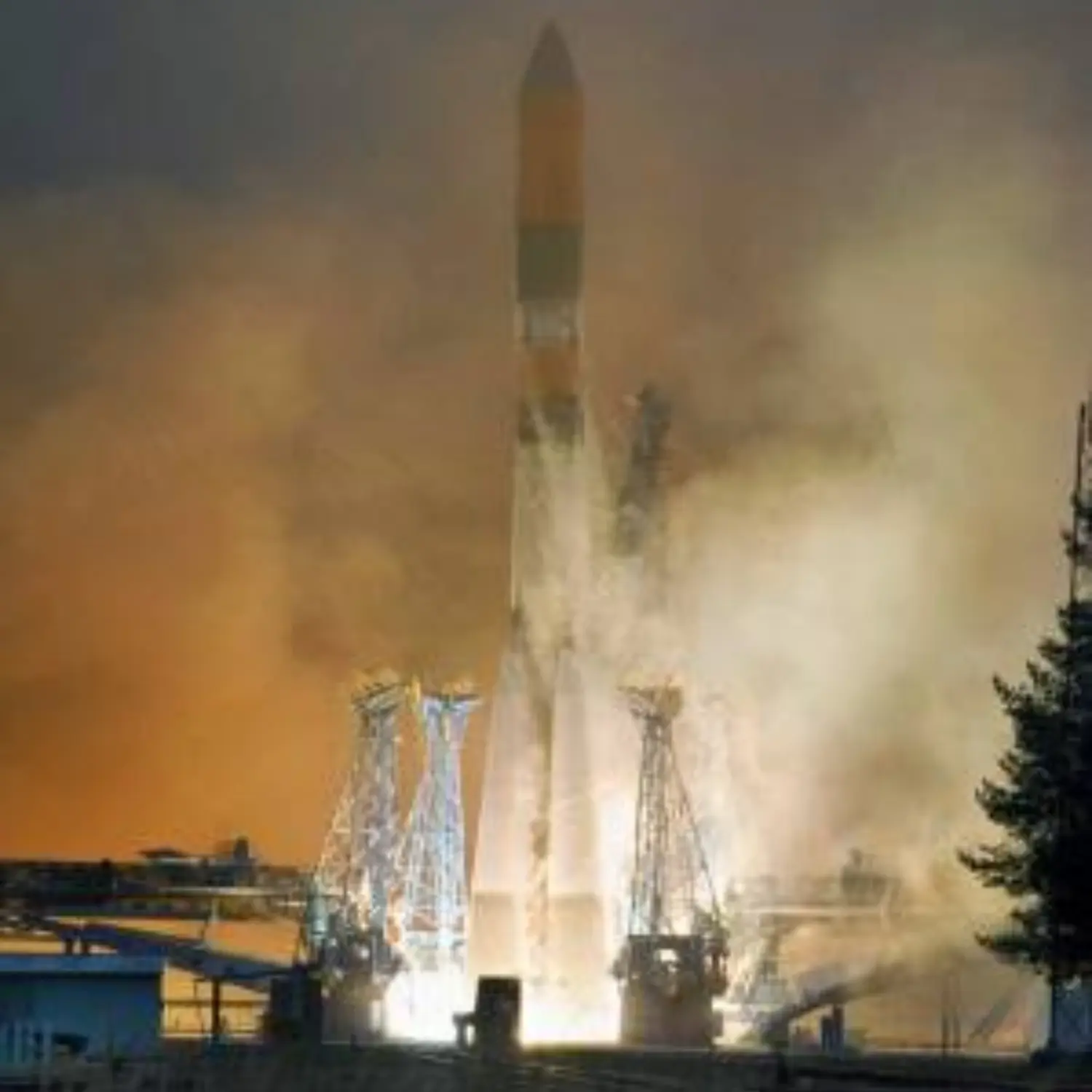Cosmos 1247
Launch Success
Liftoff Time (GMT)
10:00:26
Thursday February 19, 1981
Mission Details
Launch Notes
First flight from Site 16/2.
Cosmos 1247
The US-K spacecraft are the high-elliptical-orbit component of the Soviet/Russian Oko and Oko-1 early warning systems. A US-K spacecraft consists of three main subsystems: engine block, device compartment, and optical compartment. All the systems are mounted on a cylindrical frame that is 2 m long and has a diameter of 1.7 m. The total mass of a satellite at launch is estimated to be 2400 kg, of which 1250 kg is dry mass. The engine compartment of an Oko satellite includes fuel and oxidizer tanks, four orbit-correction liquid-fuel engines, and 16 orientation and stabilization liquid-fuel engines. The stabilization engines provide active 3-axis attitude control, necessary for telescope orientation. The telescope system of a first-generation satellite includes a telescope with a mirror of about 50 cm in diameter. The detection system includes a linear or matrix infrared-band solid-state sensor that detects radiation from missiles. In addition to this, the satellite has several smaller telescopes that most likely provide a wide-angle view of the Earth in infrared and visible parts of the spectrum, which is used by operators of the system as an auxiliary observation channel. The satellite transmits the images formed by its telescopes directly to the ground control station in real-time. The choice of observation geometry and of the highly elliptical orbits has been usually attributed to the lack of proper infrared sensors and data processing capabilities that are required for obtaining a look-down capability. According to this logic, in the absence of suitable sensors, the Soviet Union had to rely on grazing-angle observation geometry, which allowed the use of less sophisticated sensors than those used by the United States.
High Earth Orbit
1 Payload
2,400 kilograms
Rocket


Manufacturer
RKK EnergiyaRocket
Height: 44.23m
Payload to Orbit
LEO: 6,200 kg
GTO: 2,400 kg
Liftoff Thrust
4,391 Kilonewtons
Fairing
Diameter: 2.58m
Height: 7.81m
Stages
4
Strap-ons
4
Launch Site
Stats
Molniya-M
122nd
Mission
3rd
Mission of 1981
RKK Energiya
1477th
Mission
16th
Mission of 1981
1981
17th
Orbital launch attempt